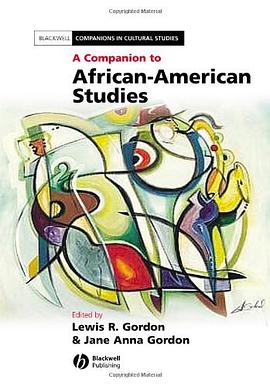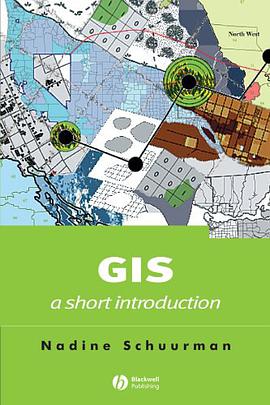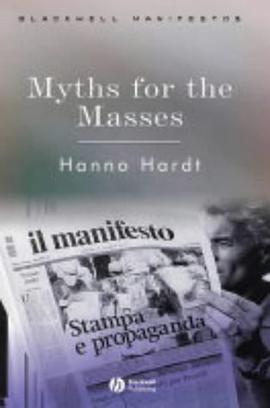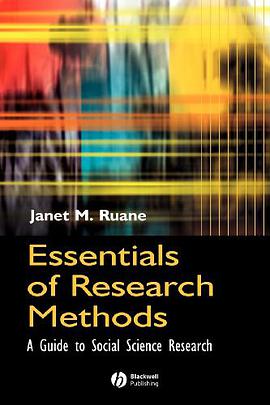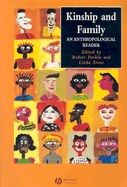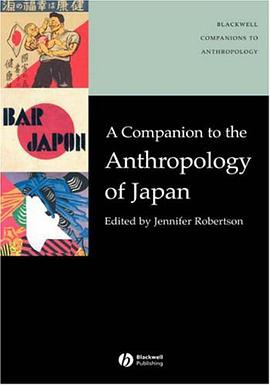

While Iceland is the second largest inhabited island in Europe, with only 313,000 inhabitants in 2007, the Icelanders form one of the smallest independent nations in the world. Around two-thirds of the population lives in the capital, Reykjavik, and its suburbs, while the rest is spread around the inhabitable area of the country. Until fairly recently the Icelandic nation was unusually homogeneous, both in cultural and religious terms; in 1981, around 98 percent of the nation was born in Iceland and 96 percent belonged to the Lutheran state church or other Lutheran religious sects. In 2007, these numbers were down to 89 and 86 percent respectively, reflecting the rapidly growing multicultural nature of Icelandic society. The second edition of the Historical Dictionary of Iceland traces Iceland's history and provides a compass for the direction the country is heading. This is done through its chronology, introductory essays, appendixes, map, bibliography, and hundreds of cross-referenced dictionary entries on important persons, places, events, and institutions and significant political, economic, social, and cultural aspects.
具体描述
读后感
评分
评分
评分
评分
用户评价
相关图书
本站所有内容均为互联网搜索引擎提供的公开搜索信息,本站不存储任何数据与内容,任何内容与数据均与本站无关,如有需要请联系相关搜索引擎包括但不限于百度,google,bing,sogou 等
© 2025 book.wenda123.org All Rights Reserved. 图书目录大全 版权所有



